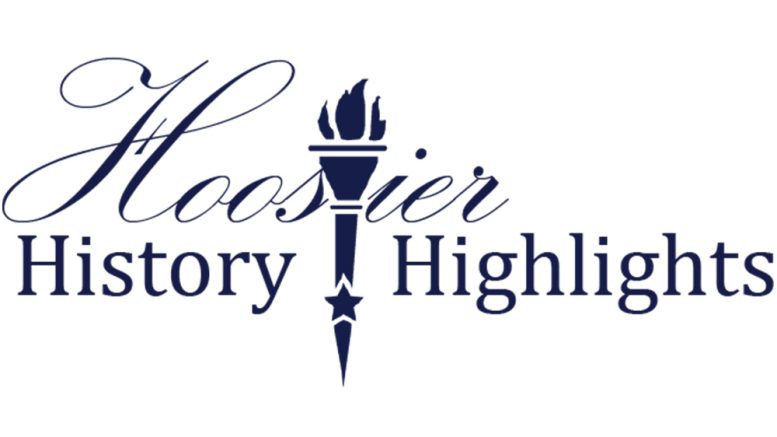1837 – Hoosier Henry Lane began his term as a Whig in the Indiana House of Representatives. He was elected Governor of the state in 1860 and served two days before he was sent to the United States Senate. At the 1860 Republican National Convention, he helped secure the nomination of presidential candidate Abraham Lincoln.
1884 – Construction was completed on the Washington Monument. On the interior wall is a commemorative limestone block from Indiana. Inscribed on the block are these words: “Indiana knows no North, no South, nothing but the Union.”
1915 – The Indiana Historical Commission met in the Statehouse Senate Chamber to continue plans for the upcoming centennial celebration. George Ade stated, “… every native of Indiana who comes back next year after a long absence will find that his childhood home is more distinctly on the map than ever before.”
1933 – The 21st Amendment was ratified in Congress, ending prohibition across the country. The end of the “Noble Experiment” was welcomed by many Hoosiers. Harry’s Place, on Highway 52 south of Lafayette, celebrated by offering live music by the “Rhythm Boys,” a fish sandwich, and a glass of beer, all for 10 cents.
1940 – In a meeting at the Jefferson County Courthouse in Madison, it was announced that the federal government was purchasing 60,000 acres of land in Jefferson, Ripley, and Jennings counties. The site would become a major ordnance testing area known as the Jefferson Proving Ground.
1948 – Shelbyville basketball player Bill Garrett became the first African American to play varsity basketball at a Big Ten university. Segregation was common, and African American players were barred from participating in Big Ten basketball. Indiana University President Hermann B. Wells challenged the ban and gave Garrett a chance. Garrett graduated in 1951 as an All-American. His accomplishments created opportunities for other African American players across the Midwest.

